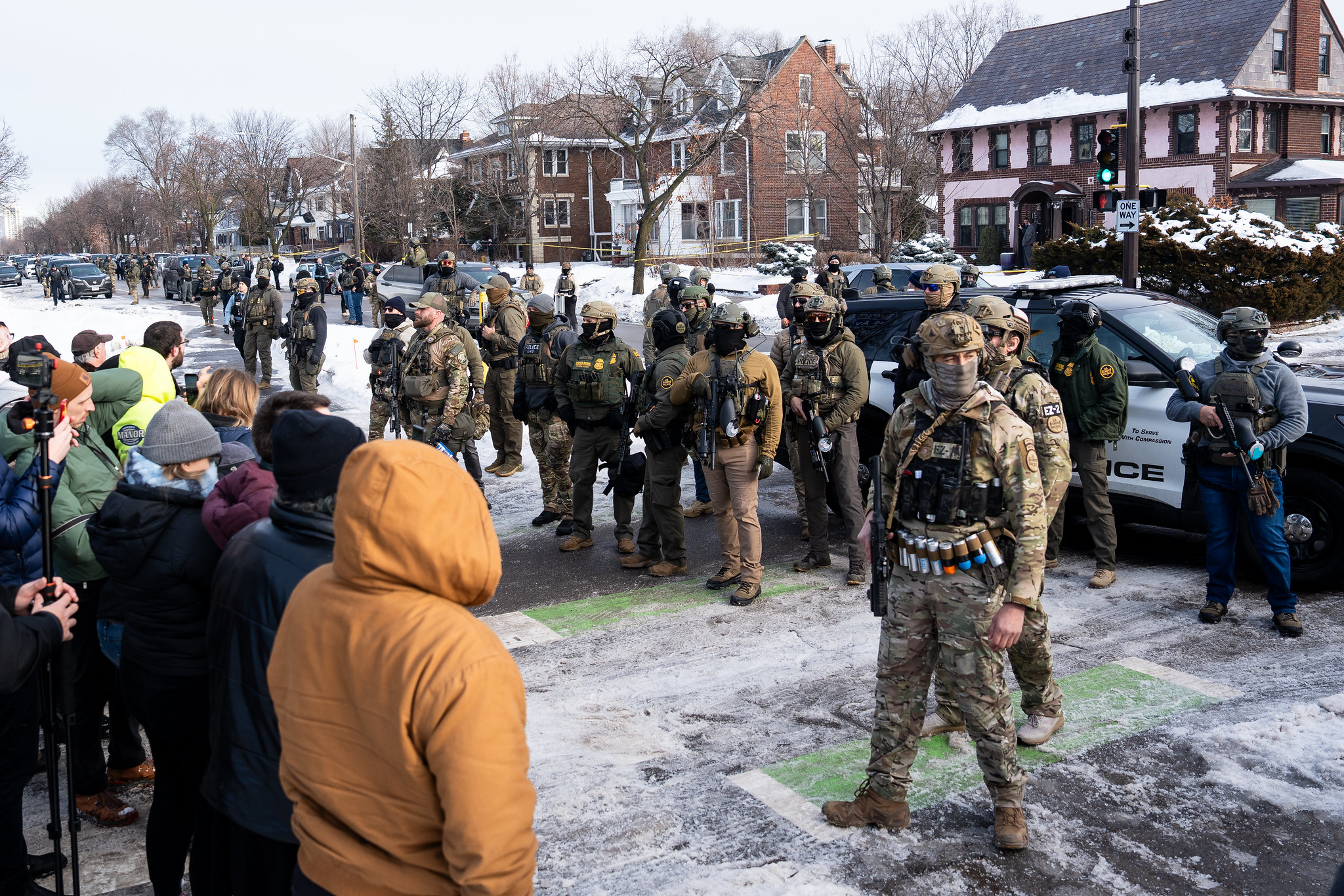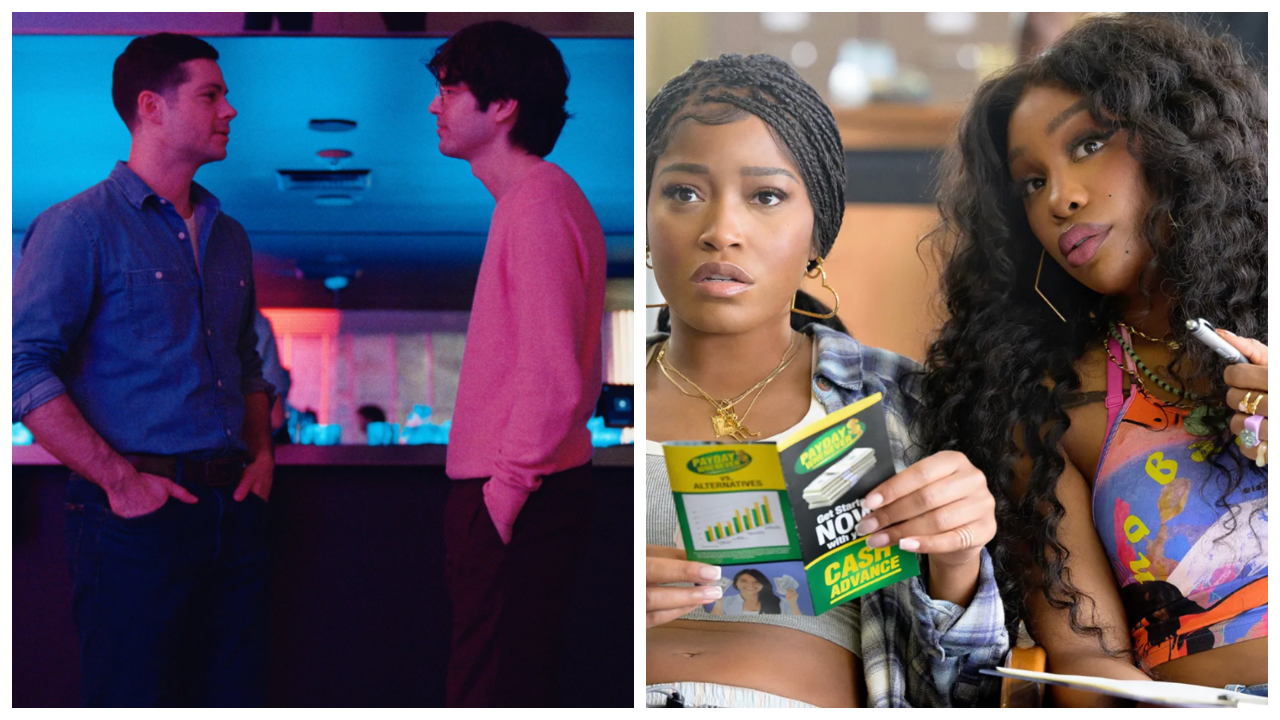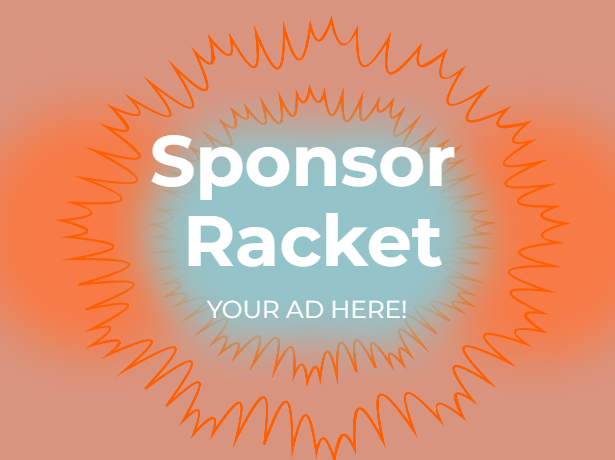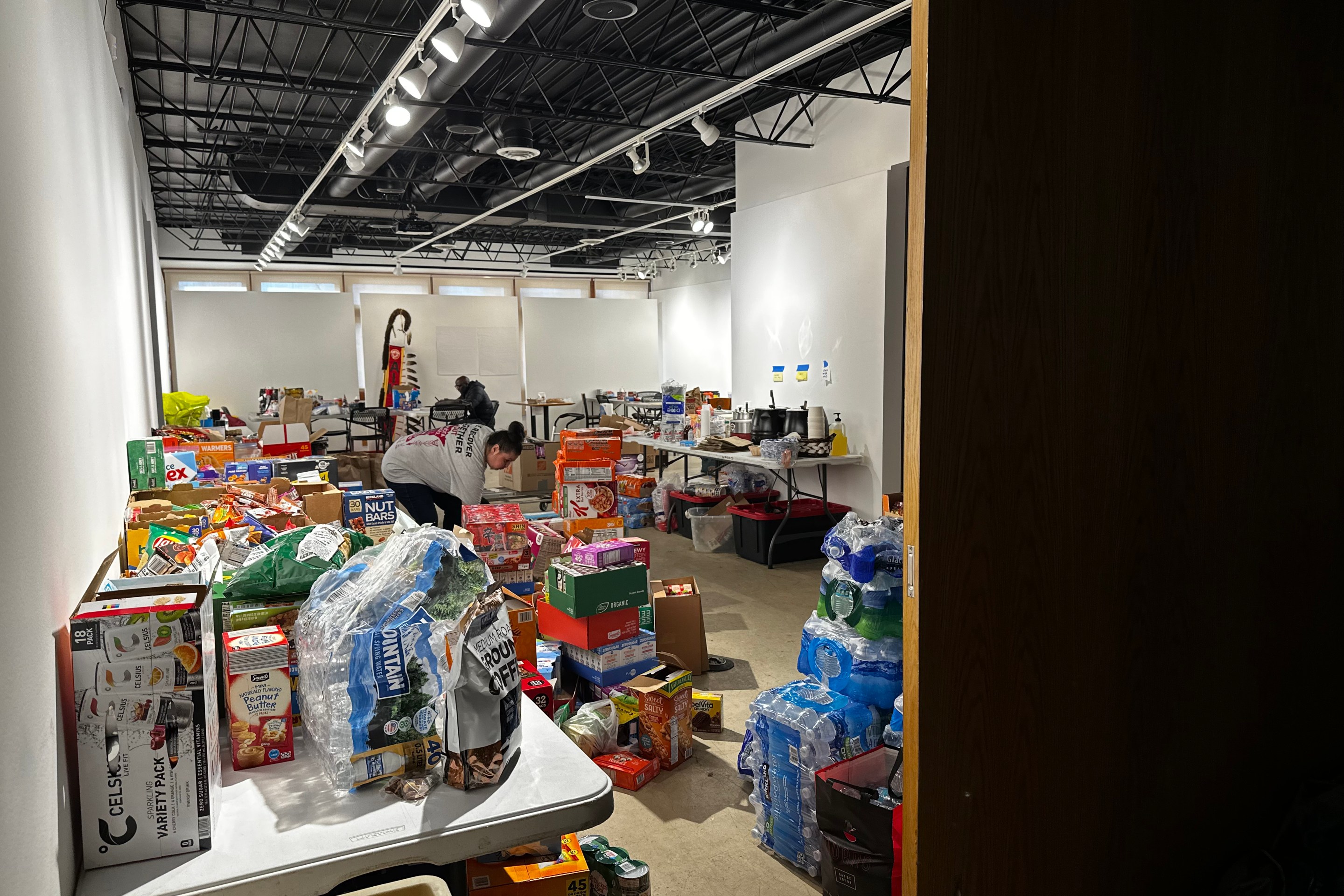Three to four times every year, Hormel Foods PR man Brian Olson gets the same alert from his social media team: The Dome Dog is trending again.
The motivations aren’t typically complex, though the underlying nostalgia is deep and wide.
You see it on Twitter:
I want a Dome Dog... pic.twitter.com/cm4yAcxklq
— Jeff (@MNTwinsZealot) November 24, 2020
You see it on Reddit boards asking, “Dome dogs were the greatest hot dog you had ever tasted, right?” to the response of feverish up-votes and reminiscences.
You even see it on T-shirts like this one celebrating the Dome Dog's Hormel Row of Fame giveaway. “It has been a strong seller for us,” Sotastick’s Sarah Johnson confirms.
The Dome Dog has been dead for 11 years, but Minnesotans are still hungry for its legacy, one that's much more about tapping into memories of youth, family, and baseball than it is about a large, wet hot dog. The Dome Dog is merely a meaty vessel to that end.
“I’m just as passionate about the Dome Dog as you are,” Olson says. “It brings you back to the Metrodome days, and how we grew up.”
The History
The corporate history of the Dome Dog doesn’t reflect the emotional resonance the big honkin’ dog still provides fans. Austin, Minnesota-based meat mega-conglomerate Hormel Foods had the Metrodome hot dog contract in the '90s and '00s. Its girthy, quarter-pound, six-inch frank (product #12646, still available today for commercial buyers) was plopped between a mammoth sesame-seed bun and served in a cardboard boat with Old Dutch chips—voila, Dome Dog.
Lots of bad baseball preceded and followed the menu item’s formal introduction in 1999. By 2001, things got so dire that MLB commissioner Bud Selig publicly lobbied for a contraction plan that would eliminate the hapless Twins entirely.
"It makes no sense for Major League Baseball to be in markets that generate insufficient local revenues to justify the investment in the franchise; the teams to be contracted have a long record of failing to generate enough revenues to operate a viable major league franchise,” Selig said during the saga, the resolution of which largely hinged on the billionaire Pohlad family’s insistence that public funds go toward a new Minneapolis stadium. (Hennepin County residents would eventually swallow $350 million of the $545 million bill for Target Field.)
The Dome Dog had arrived three years earlier, during a disastrous '99 season that saw the Twins lose 97 games. Manager Tom Kelly’s squad hadn’t even reached the playoffs since winning the World Series in 1991.
Rock fuckin’ bottom.
The Star Tribune teased the arrival of the Dome Dog with the headline “Team to promise affordable fun, not competitive baseball.” The average Twins ticket that season ran $8.22, the lowest in the league by about 5 bucks.
Is the Dome Dog responsible for saving the franchise’s on-field play, and, by extension, the franchise itself? Impossible to say… but yes, yes it did. Alternately, the Vikings largely floundered under Mike Tice and Brad Childress during what historians will henceforth refer to as the Dome Dog Era. From 2002 to 2009—some of the final remaining years before moving to Target Field—new skipper Ron Gardenhire (and, sure, let’s say the Dome Dog) led the Twins to five playoff seasons.
(Important historical side note: The Dome Dog was not implicated in the infamous 2001 wiener-pelting of former Twin-turned-Yankee Chuck Knoblauch; those were smaller Dollar Dog Night franks. “Nobody would ever waste a Dome Dog by throwing it at Chuck Knoblauch," notes local aficionado Maija Liisa Varda.)
That rags-to-riches arc informed the baseball-watching experience of a generation of Minnesotans, many of whom still ache nostalgic for the glistening, hyper-processed, salt-bomb that flavored childhoods spent in plastic blue Metrodome seats.
But the salad days of strong, ultimately Yankees-dominated Twins teams wouldn’t last.
As plans for the inaugural season at Target Field rolled out in 2010, it became clear that the Dome Dog was not part of 'em. In fact, from a public-facing perspective, Hormel—who we’ll quickly admonish for labor, COVID, and animal-rights reasons—was mostly outta the local baseball concessions game. Schweigert, then a subsidiary of evil Wayzata-based ag giant Cargill, inked the primary dog deal for Target Field. It’s unclear how those negotiations shook out, as the Twins politely declined to talk Dome Dogs with Racket.
"After reviewing the change in cost for sponsorships at the new stadium, we decided to focus on different marketing initiatives," Julie Craven, Hormel’s VP of corporate communications, said at the time. "We wish the Twins the best of luck during the inaugural season at the new stadium."
The team would reach the playoffs that year... and then not again until 2017.
For Hormel’s Patty Riedl, who sold Dome Dogs throughout the region and to the Metrodome, the death of the Dome Dog hit home. Now director of food services marketing, she still remembers the outcry from friends and family.
“They were looking at me like, ‘What did you do?!’” Riedl says with a laugh. “I told them I was a lonely sales rep on the street, these decisions were way above my head.”
Just a year earlier, Twins president David St. Peter had signaled hope for Dome Dog lovers.
"Actually, we've had fans say they want a product similar to the Dome Dog in the new ballpark," he told the Strib’s Patrick Reusse in 2009. "So we're talking to Hormel about a similar hot dog with a different name."
It didn't happen. Hormel still sells products to Target Field, Olson confirms, but it has exited the hot dog category. Instead, the closest thing approximating a Dome Dog is the quarter-pound “Big Dog w/ Chips,” currently available for $7.50 at the generic Target Field concession stands operated by Delaware North. This Monday, at the ballpark’s certifiably rocking Green Day concert, we spotted a friend scarfing the Big Dog and cornered him, demanding details. His review? Passable, but it’s but no Dome Dog.
“The Twins were a talented and exciting team, and then they got rid of the Dome Dog,” says local fan Brendan Kennealy. “Honestly, I believe they’re cursed and their disloyalty to Hormel is to blame… anyway, that dog was so sweaty and satisfying, I’m still angry a decade later.”

The Taste
Like all the greats, the Dome Dog had haters.
"The hot dogs at the Metrodome were, hands down, some of the worst I've ever tasted; in fact, the food there was overall some of the worst in the history of stadium food,” Twin Cities food dude Andrew Zimmern told Sports Illustrated in 2018. “That stadium created many amazing memories and at the same time some terrible food for the fans.”
The reason for subpar Metrodome eats traces back to the building’s engineering, he explains. The stadium’s pressurized baggie—the titular dome—presented venting issues, which meant vendors were limited to pre-cooked hot dogs, frozen pizzas, and nachos slathered in cheese-adjacent goop.
Through the foggy lens of nostalgia, though, none of that matters.
Michael Haas operates Metrodome Dreamscapes, a website “dedicated to praising a stadium everyone hates.” His emotional connection to the Dome Dog is tethered to childhood memories of “beautiful sunny afternoons spent inside a dingy indoor stadium,” back when stadiums weren’t designed for maximum profit extraction. Haas is something of a Metrodome scholar, so we asked him to put on his food critic hat and wax poetic about the Dome Dog.
“The Dome Dog was thicc. It was 1/4th-pound of juicy meat proudly smushed together in Austin, Minnesota, by people who might reasonably be Twins fans themselves! It tasted very vinegar-y and brine-y, on a fluffy sesame seed bun. It was a salty dog, but didn't taste as salty when eaten with the accompanying very salty potato chips. This was an unfussy dog; even wiener purists couldn't be mad about putting ketchup on a Dome Dog. The cheaper, smaller dogs were wrapped in tinfoil and smushed, while the Instagrammable Dome Dog was served in an open-air paper boat, retaining aesthetics and texture.”
Haas isn’t the Dome Dog’s only culinary defender.
Years ago, Kent Letnes of Orono interned for Hormel in Austin. A coworker had acquired the proper supplies to assemble Dodger Dogs, the famous/namesake treat available to L.A. Dodgers fans since the 1960s. Prior to a company softball game, he recalls, workers staged a cook off between our hometown dog and the 10-inch coastal delicacy. “The Dome Dog blew the Dodger Dog out of the water, love the Dome Dog,” Letnes confirms.
Water was a big part of the Dome Dog equation. Dome Dog vendors who trudged up and down Metrodome staircases housed the wieners in metallic vats, where they'd slosh around and stay warm, possibly contributing to the juiciness. Another, slightly grosser variable might have contributed to the unmistakable flavor. Unconfirmed rumors persist that, if you ate a Dome Dog during the early innings, it may have been a holdover from the previous game. As legend has it, Haas explains, workers were instructed to disassemble unsold Dome Dogs—a process known as “de-bunning”—and re-heat them the next day. “Maybe that added some unique flavor, not unlike a twice-baked potato,” ponders Haas.
The Row of Fame
The iconic Row of Fame jingle was born inside the Minneapolis offices of ad firm BBDO.
"I was just sitting in my office, and my boss came in and said: ‘Hey Dave, we need you to write a jingle for the Row of Fame,'” remembers veteran Twin Cities ad man Dave Alm. “I said, ‘What the hell is that?’”
It was hastily explained to Alm, who was just getting his start in the biz, that the Hormel Row of Fame was to be a late-inning hot dog giveaway at the Metrodome. The jingle would play as fans sang along, a lucky row of winners would be announced, and the camera would capture them receiving their hot-dog prizes via the Jumbotron.
Alm had one hour to write the 30-second jingle.
“I was like, 'Holy shit, what am I gonna do?'” he says with a laugh.
Alm knew he needed a hook, and his coworker suggested, “Uhh, how about 'wiener winner?'"
“I said, 'Oh my god, that’s it!'” Alm exclaims.
Making matters even more ridiculous: Alm was tasked with singing the damn thing directly to Hormel brass. The client loved it.
The lyrics, which are already emblazoned deep into the brain of anyone who has read this far, go thusly:
“I think it was about 1991, but it probably started playing inside the Dome in 1992... because Sports Illustrated made that disparaging remark about it,” Alm says, alluding to SI’s joyless '92 pan of the jingle. “I thought it was dead. Hormel got really nervous.”
Then, something remarkable happened. Alm expressed concern that Racket might dance on the jingle’s grave—he feared another hit piece was coming, 31 years later. We assured him that the Row of Fame jingle, circa 2021, is beloved by all, something that genuinely surprised Alm.
In fact, when it appeared the Twins might dissolve entirely as part of MLB’s failed 2001 contraction plan, the Strib ranked the Hormel Row of Fame at No. 7 on a list of things fans would miss most if the franchise was eliminated. Michael Haas of Metrodome Dreamscapes even knows a guy who played the singalong jingle at his wedding.
“That’s great to hear, because a lot of people made fun of it, kinda thought it was hacky,” Alm says. “I just wanted to do something really silly and fun—it lasted a lot longer than I expected."
A wiener winner indeed.
The Trademark
The Dome Dog’s very existence in Minnesota, with regard to branding, is a minor miracle.
“Minnesota was using the name there, and I didn’t cause a lot of ruckus about it, but I’ve owned the federal rights to it for 32 years,” Gary Hankins explains in his warm southern drawl. “I’ve stopped the use and sent cease and desist letters to various entities, like Indianapolis at the RCA Dome.”
His leniency with the Metrodome was personal. Hankins, a lifelong concessions/catering exec, happens to be friends and business partners with former Vikings owner and fellow Texan Red McCombs.
“I didn’t cause problems up there because I love the McCombs family,” Hankins says. “Why stir up a lot of problems for them?”
“Though I could have,” he notes with a chuckle.
Pro Football Hall of Famer Earl Campbell is also personal friends with Hankins, and together they partner on the real Dome Dog: a football-shaped bun holding Campbell’s branded hot links that’s available at the AlamoDome in San Antonio. Hankins’s patents and trademarks apply to that bun, which features sesame seed laces.
“Your city has loved that name for many years, and it’s my heartfelt hope that the city continues to embrace the name Dome Dog,” Hankins says. “I just happen to be the guy that, many years before, thought it was a great name.”
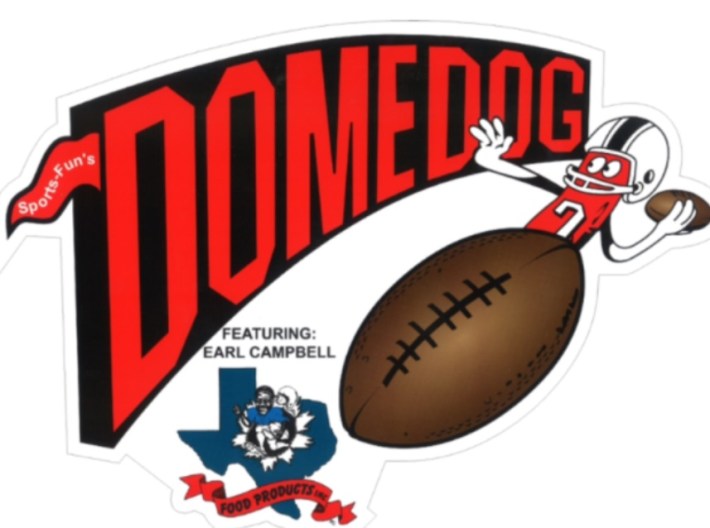
The Memories
The Dome Dog is more than an industrially assembled foodstuff—it’s a beefy pathway to the past. To when ballpark tickets and eats were cheap, to when carefree afternoons with your parents inside a teflon bubble protected you from the innumerable anxieties, fears, tragedies, and woes that would wait outside those whooshing gates in the years to come.
Or, as former DFL state lawmaker Erin Maye Quade remembers, Dome Dogs represent that night in 2005 when a special $1 Dome Dog promotion landed on 4/20 and $5 college ticket night.
"The entire upper section was filled with students who were BLAZED. OUT. OF. THEIR MINDS," she says. "I was the sober cab for a whole bunch of my dorm mates, so I feel like I'm one of the few people who attended that game who remembers it in all of its ridiculousness."
For Jimmy Lonetti of Minneapolis, memories of waiting in line for Dome Dogs summon a time Hold Steady frontman Craig Finn was also waiting in line for Dome Dogs. He told the Edina-born rocker/Twins booster how hyped he was for the release of 2005’s Separation Sunday.
“[Finn] seemed surprised that someone even recognized him at the time,” he notes.
For Dan Mick of St. Paul, a 2003 quest for Dome Dogs led to a chance upgrade: A Twins staffer took the 12-year-old baseball fan’s nosebleed tickets and directed him to Jim Pohlad’s personal seats instead.
“The Twins clinched a playoff berth with a play at the plate in the bottom of the ninth,” he remembers. “Shannon Stewart broke the catcher's forearm in the collision; one of the best Twins games I've ever been to.”
The Dome Dog truly contains multitudes.
Or does it?
“In reality, it's just a hot dog,” Liisa Varda admits. “But I miss the Dome Dog because I miss the Metrodome. Also the juiciness.”

